Test: Probability- Case Based Type Questions - Commerce MCQ
10 Questions MCQ Test - Test: Probability- Case Based Type Questions
A child's game has 8 triangles of which 3 are blue and the rest are red, and 10 squares of which 6 are blue and the rest are red. One piece is lost at random.
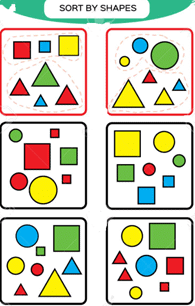
Q. Find the probability that the lost piece is square.

A child's game has 8 triangles of which 3 are blue and the rest are red, and 10 squares of which 6 are blue and the rest are red. One piece is lost at random.
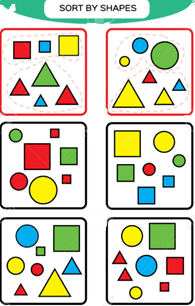
Q. Find the probability that the lost piece is a triangle of red colour.

A child's game has 8 triangles of which 3 are blue and the rest are red, and 10 squares of which 6 are blue and the rest are red. One piece is lost at random.

Q. Find the probability that the lost piece is a triangle.

A child's game has 8 triangles of which 3 are blue and the rest are red, and 10 squares of which 6 are blue and the rest are red. One piece is lost at random.
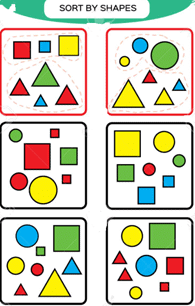
Q. Find the probability that the lost piece is a square of blue colour.
A child's game has 8 triangles of which 3 are blue and the rest are red, and 10 squares of which 6 are blue and the rest are red. One piece is lost at random.

Q. How many triangles are of red colour and how many squares are of red colour?
One of the four persons John, Rita, Aslam or Gurpreet will be promoted next month. Consequently the sample space consists of four elementary outcomes S = {John promoted, Rita
promoted, Aslam promoted, Gurpreet promoted}. You are told that the chances of John's promotion is the same as that of Gurpreet, Rita's chances of promotion are twice as likely as Johns. Aslam's chances are four times that of John.
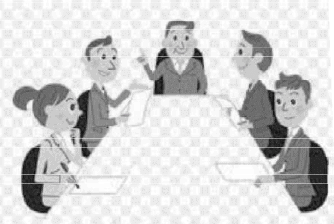
Sol. Let Event :
J = John promoted
R = Rita promoted
A = Aslam promoted
G = Gurpreet promoted Given sample space, S = {John promoted, Rita promoted, Aslam promoted, Gurpreet promoted}
i.e., S ={J, R, A, G)
It is given that, chances of John’s promotion is same as that of Gurpreet.
P(J) = P(G)
Rita’s chances of promotion are twice as likely as John.
P(R) = 2P(J)
and Aslam’s chances of promotion are four times that of John.
P(A) = 4P(J)
Q. What is the probability that Aslam got a promotion?
One of the four persons John, Rita, Aslam or Gurpreet will be promoted next month. Consequently the sample space consists of four elementary outcomes S = {John promoted, Rita
promoted, Aslam promoted, Gurpreet promoted}. You are told that the chances of John's promotion is the same as that of Gurpreet, Rita's chances of promotion are twice as likely as Johns. Aslam's chances are four times that of John.
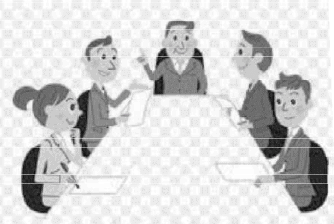
Sol. Let Event :
J = John promoted
R = Rita promoted
A = Aslam promoted
G = Gurpreet promoted Given sample space, S = {John promoted, Rita promoted, Aslam promoted, Gurpreet promoted}
i.e., S ={J, R, A, G)
It is given that, chances of John’s promotion is same as that of Gurpreet.
P(J) = P(G)
Rita’s chances of promotion are twice as likely as John.
P(R) = 2P(J)
and Aslam’s chances of promotion are four times that of John.
P(A) = 4P(J)
Q. If A = {John promoted or Gurpreet promoted}, Find P(A).
One of the four persons John, Rita, Aslam or Gurpreet will be promoted next month. Consequently the sample space consists of four elementary outcomes S = {John promoted, Rita
promoted, Aslam promoted, Gurpreet promoted}. You are told that the chances of John's promotion is the same as that of Gurpreet, Rita's chances of promotion are twice as likely as Johns. Aslam's chances are four times that of John.
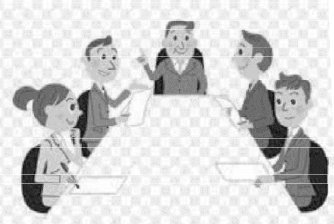
Sol. Let Event :
J = John promoted
R = Rita promoted
A = Aslam promoted
G = Gurpreet promoted Given sample space, S = {John promoted, Rita promoted, Aslam promoted, Gurpreet promoted}
i.e., S ={J, R, A, G)
It is given that, chances of John’s promotion is same as that of Gurpreet.
P(J) = P(G)
Rita’s chances of promotion are twice as likely as John.
P(R) = 2P(J)
and Aslam’s chances of promotion are four times that of John.
P(A) = 4P(J)
Q. What is the probability that Rita got a promotion?
One of the four persons John, Rita, Aslam or Gurpreet will be promoted next month. Consequently the sample space consists of four elementary outcomes S = {John promoted, Rita
promoted, Aslam promoted, Gurpreet promoted}. You are told that the chances of John's promotion is the same as that of Gurpreet, Rita's chances of promotion are twice as likely as Johns. Aslam's chances are four times that of John.
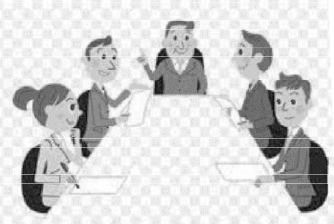
Sol. Let Event :
J = John promoted
R = Rita promoted
A = Aslam promoted
G = Gurpreet promoted Given sample space, S = {John promoted, Rita promoted, Aslam promoted, Gurpreet promoted}
i.e., S ={J, R, A, G)
It is given that, chances of John’s promotion is same as that of Gurpreet.
P(J) = P(G)
Rita’s chances of promotion are twice as likely as John.
P(R) = 2P(J)
and Aslam’s chances of promotion are four times that of John.
P(A) = 4P(J)
Q. What is the probability that Gurpreet got a promotion?
One of the four persons John, Rita, Aslam or Gurpreet will be promoted next month. Consequently the sample space consists of four elementary outcomes S = {John promoted, Rita
promoted, Aslam promoted, Gurpreet promoted}. You are told that the chances of John's promotion is the same as that of Gurpreet, Rita's chances of promotion are twice as likely as Johns. Aslam's chances are four times that of John.
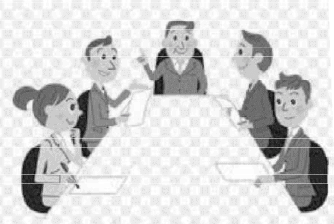
Sol. Let Event :
J = John promoted
R = Rita promoted
A = Aslam promoted
G = Gurpreet promoted Given sample space, S = {John promoted, Rita promoted, Aslam promoted, Gurpreet promoted}
i.e., S ={J, R, A, G)
It is given that, chances of John’s promotion is same as that of Gurpreet.
P(J) = P(G)
Rita’s chances of promotion are twice as likely as John.
P(R) = 2P(J)
and Aslam’s chances of promotion are four times that of John.
P(A) = 4P(J)
Q. What is the probability that John got a promotion?



















